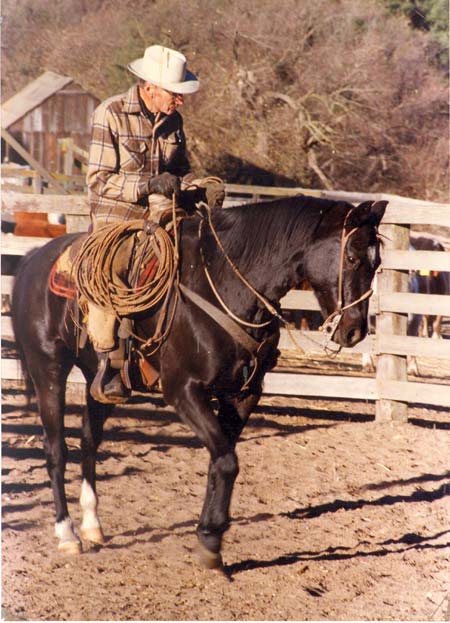Driving the Center-line
Driving down the center-line occurs at least twice in every dressage test at every level. There is always a judge assessing your accuracy, sitting at "C". Practically above all else, they notice when you waiver or veer from a true line. If you are not perfectly straight, how can it be a ""10"? Why is it so difficult to be accurate on the Center-line? And how many drivers fudge this part of their tests?
One reason is that as soon as you turn down the line, the letter in back of you is out of your sight. You do not have eyes in back of your head to keep you and your horse directly lined up with it as you travel down the line.
One very simple practice technique we use at Green Meads Farm is to place three sets of cones on line, one pair at "D" which is on the line 10 meters from"A" and one pair at "X" in the center and one pair at "G", 10 meters from "C". These should be wider than cones gates you would use to practice or train for driving obstacles, especially the pair at "X" so that you can still drive the long diagonal lines. They just serve as a visual guide to help you stay on the line and to stay straight.
The pair of cones at "D" and "G" help guide you to start your trip down the center-line in the right place. By the time your horse's hind end passes thru the pair, he should be straight down the line. If you look closely at the photo you will see the hind end foot prints right between the cones in front of "A", right on the center-line.
The pair of cones at "D" and "G" help guide you to start your trip down the center-line in the right place. By the time your horse's hind end passes thru the pair, he should be straight down the line. If you look closely at the photo you will see the hind end foot prints right between the cones in front of "A", right on the center-line.
These cones will help pretty dramatically to keep your repetitions very nearly the same so that when they are not present, your internal compass will have been honed and trained to rather instantly sense when you are about to not be exactly straight and you can make the tiniest adjustment to remain on a true course. Your wavering and veering and drifting will be minimized.
This same effect will occur in your horse(s). They will remain straighter over time as they begin to feel the straighter line occur again and again over time. Like pushing a wheelbarrow, it's easier to stay balanced and straight than it is to keep re-balancing and adjusting course. I believe it is much the same for the horses.






